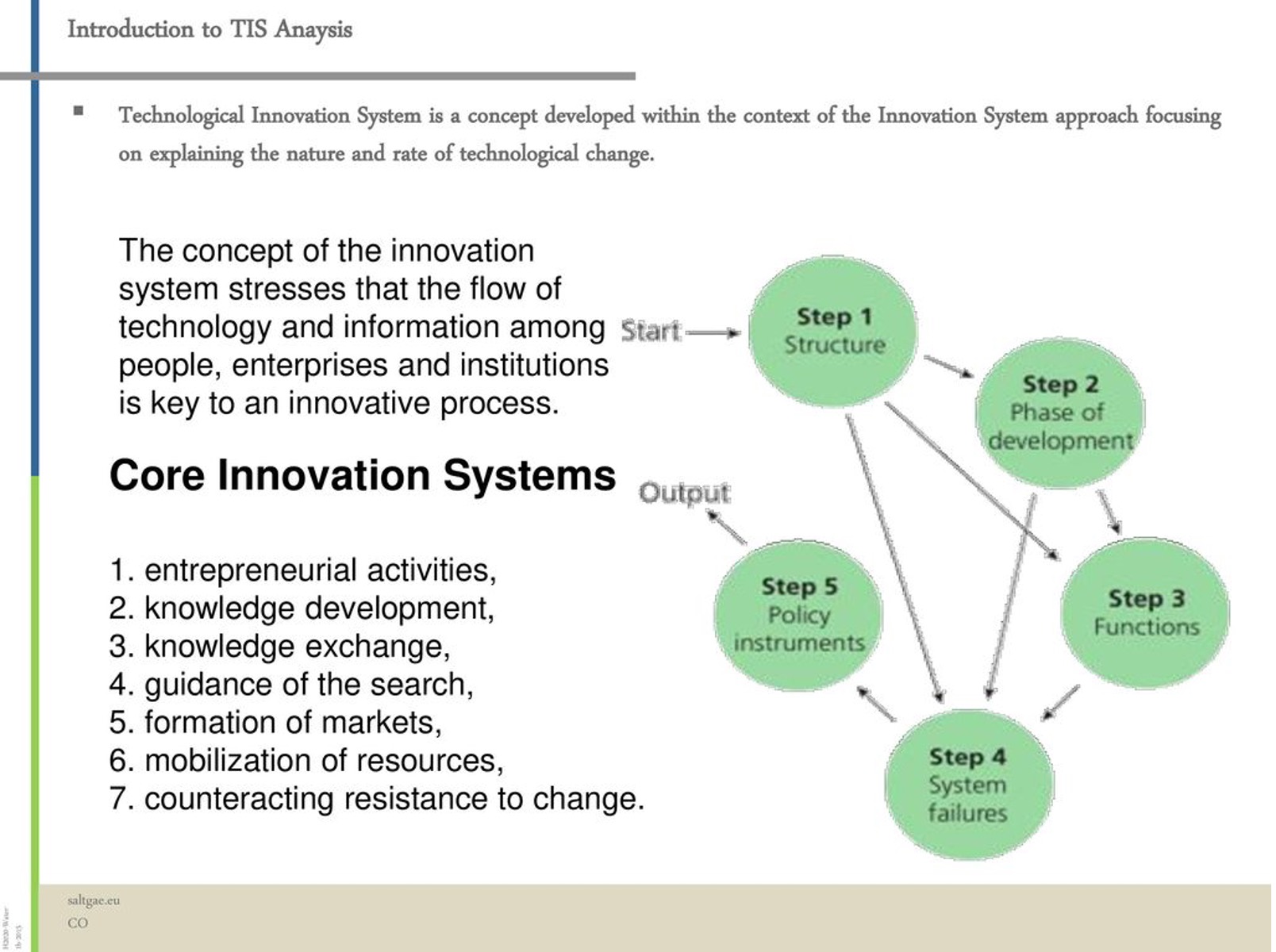Role of farmers associations in ICT innovations

Role of farmers associations in ICT innovations
As a representative of a farmers’ association, I have reflected on our place in SmartAgriHubs in the broader context of innovation in ICT: “What is a natural role for farmers associations, to enhance innovations?”. In general, as a ‘linking pin’ between farmers and their environment, they can connect farmers to colleagues, advisors, research and the interests of stakeholders. Farmer associations can develop these competencies as Digital Innovation Hubs, or as supporters of them.
A good framework for my reflection is the Technological Innovation System analysis (TIS) by professor Hekkert. He distinguished 7 functions that are needed for a successful innovation system:
- 1. Knowledge development, which is mostly done by research institutes and innovation or innovation units of businesses; this function will be/is more effective when different types of organizations collaborate (Multi Actor Approach).
- 2. Guidance of the (re)search is organized by the financers of research: government, businesses. Here farmers associations play an important role to represent the user’s needs and knowledge.

- 3. Knowledge exchange: the most effective way to exchange knowledge is farmer-to-farmer in study groups, with advisors or other partners in the Agricultural Knowledge and Innovation Services (AKIS). Here farmers associations play an important role through their board members and staff
- 4. Entrepreneurial activities add energy to innovation because entrepreneurial organizations take the opportunity to invest in applications of new knowledge. Some farmers associations have such entrepreneurship in their genes: they founded banks and cooperatives. But in the spirit of "getting back to the core business", we see that collective economic actions are left to other organizations.
- 5. Formation of markets is done by organizations that know how to convert knowledge to useful products and market them. For this, a strong focus on turnover of the commercial business is needed, where farmers associations are used to involve many stakeholders to enhance the position of their members.
- 6. Mobilization of resources: when the market potential is clear, the speed to expand the impact of the innovation is determined to a large extent by the investment capital that is mobilized. In the initial stage, banks and stock exchanges estimate the risks too high, so ESG (Environmental, Social, Governance) or specialized ICT private investors play an important role here.
- 7. Counteracting resistance to change can be addressed to many stakeholders who have conflicting interests. To manage resistance effectively, clear insight in interests of different stakeholders is essential to come to roadmaps that provide balanced advantages for all partners. This is daily work for farmers associations’ lobbyists.
To summarize: farmers associations can contribute well in the ICT innovation system to the guidance of the (re)search, as representative of the end-users; knowledge exchange to bring farmers together with advisors; and counteracting resistance to change, balancing interests of stakeholders.
In SmartAgriHubs, such functions are competencies of Digital Innovation Hubs (DIH), so can we see farmers associations as DIHs? In my idea, this depends on the space that employees of the association have to guide, exchange and lobby for ICT provision of the sector. This is certainly a financial issue: it’s hard to get private support for those services, so public investments/projects are needed to be able to do it. But in the end, it’s peoples work: if the board of an association gives priority to ICT innovation for the members and employees to create space in an entrepreneurial way, farmers associations can take an indispensable role.
All over Europe, I meet colleagues who are committed to this and I appreciate the collaboration in projects like SmartAgriHubs. If you have the same ambition, please get in touch, there is so much work to do!



